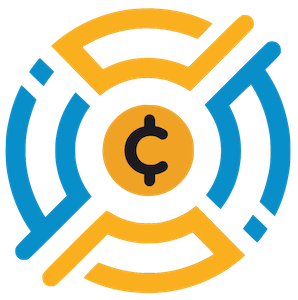Star Atlas, an ambitious player in the gaming and NFT sphere, has recently taken an intriguing leap by launching Holosim, a free-to-play variant of their primary title, SAGE Labs. This transition marks an innovative step forward for the MMO space, acting as a calculated entry point for newcomers while simultaneously acting as a testing ground for future enhancements. While the company draws inspiration from titans like EVE Online and Star Citizen, the question looms large: is this move a strategy to refine gameplay concepts or merely a way to reel in new players? The answer, I believe, leans heavily toward the former.
Holosim’s free-to-play model is particularly relevant in a landscape riddled with paywalls and economic barriers deeply embedded in traditional gaming. By removing the initial financial burden, Star Atlas has opened the doors to a broader audience. However, the crux of this shift may lie in its ability to attract a more dynamic community that can actively participate in shaping the game’s evolution, rather than acting as passive consumers. The differentiation between Web2 and Web3 experiences allows players to dip their toes without the anxiety of financial investment—a savvy move that cleverly navigates around the challenging waters of consumer hesitance.
Unpacking Holosim’s Key Features
The heart of Holosim pulses through several distinctive features currently in development—each intended not only to captivate user engagement but also to fine-tune the mechanics before they officially land in SAGE Labs. The first shining star is the combat update, which grants players the chance to engage in space battles, completely immersing themselves in the Star Atlas universe. The stakes are high, as ships lost in combat are gone for good. This element of permanence heightens the experience, pushing players to think critically about their in-game decisions.
Next, we see the introduction of a questing system filled with daily missions, storyline quests, and varied tasks—ensuring that there is always something for players to pursue. This is crucial as it creates an ongoing incentive for engagement, transforming what could easily become a mundane grind into a series of enriching experiences. Similarly, the SAGE AI assistant has been crafted to provide guidance, particularly for the neophytes navigating this cosmic playground. While it seems benign, this tool symbolizes Star Atlas’ commitment to making its complex universe accessible to all.
With features like the route manager and enhanced tutorial systems, Holosim strives to streamline the gaming experience. In an era where time is of the essence for many players, these improvements are not just welcome but essential. They reflect an understanding that in today’s fast-paced world, accessibility and speed can significantly affect a player’s readiness to commit to an online universe.
The Community-Driven Economy: A Double-Edged Sword
A hallmark of Star Atlas is its community-focused economy, underpinned by the $ATLAS token—a critical element that raises the stakes even further. With a market cap surpassing $21 million, the community engagement surrounding this currency speaks volumes. Yet, it also raises concerns about volatility and accessibility that many players face. Will the onboarding of new players through Holosim dilute the value of their investments, or could we see a resurgence of collective passion that strengthens the ecosystem overall?
As competition heats up across the gaming industry, the viability of Holosim as a testing ground for future features holds immense significance. If executed correctly, the game could evolve into a communal rich tapestry where players of all backgrounds contribute to the project’s narrative. However, the underlying fragility resides in its economic structure, where manipulation or a drop in player engagement could lead to significant repercussions on the $ATLAS token’s stability.
A Bold Experiment, But What Lies Ahead?
While Holosim represents a bold experiment and a groundbreaking move by Star Atlas, it’s essential to remain cautious about its long-term implications. Past experiences in the NFT and gaming world show that not every innovative concept translates smoothly into success. Without a doubt, Holosim possesses the potential to enchant a new generation of players while allowing seasoned veterans to see how their game evolves. But for this to flourish, the developers must pay keen attention to both community feedback and the integration of new features, keeping in mind that the gaming landscape is notoriously fickle.
There’s a fine balance between experimenting as an industry pioneer and ensuring that players know they’re investing their time—which is, after all, as valuable as any dollar—in a well-designed ecosystem. Time will tell if Star Atlas can navigate this intricate dance successfully, creating an experience that is both innovative and deeply rewarding.

